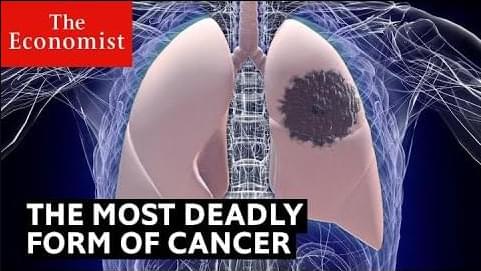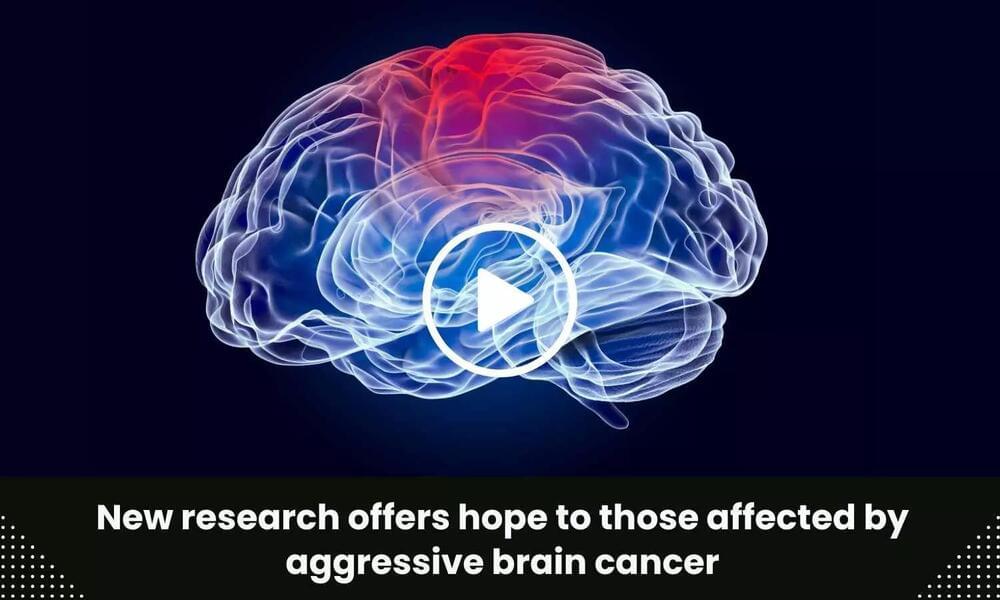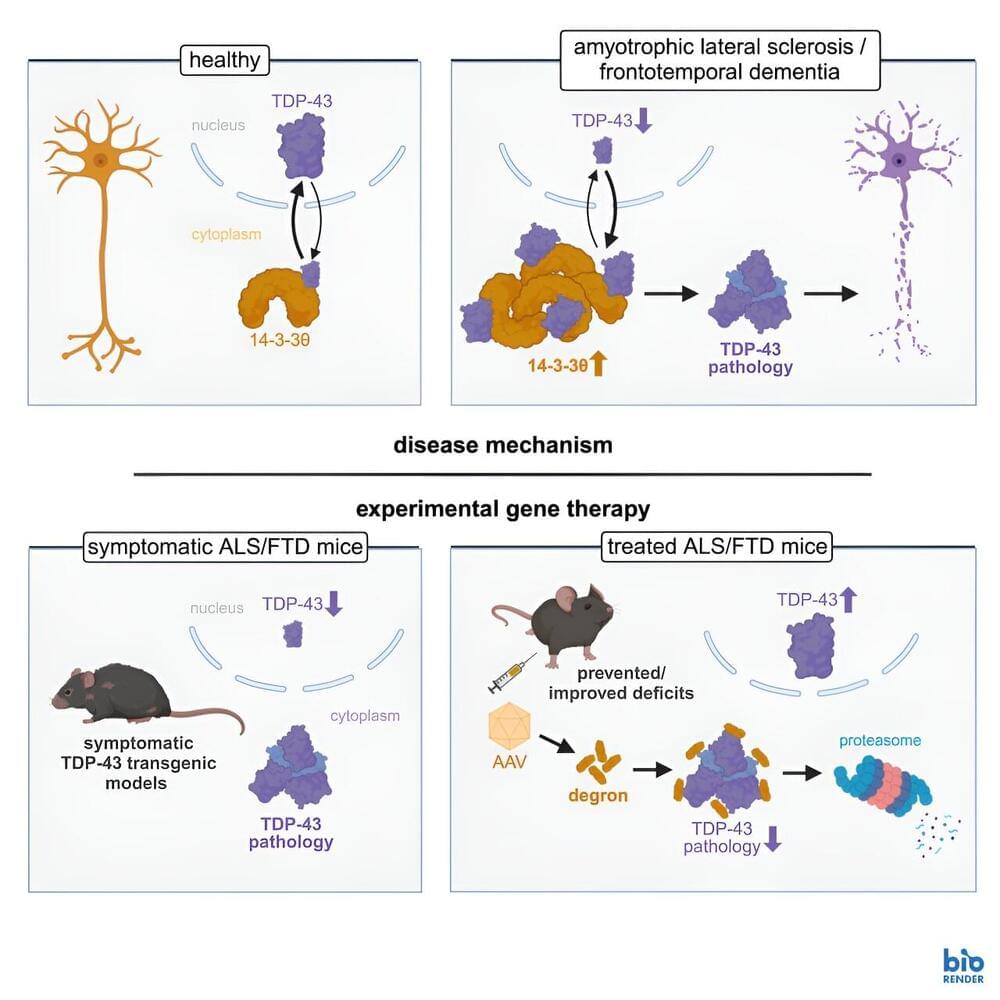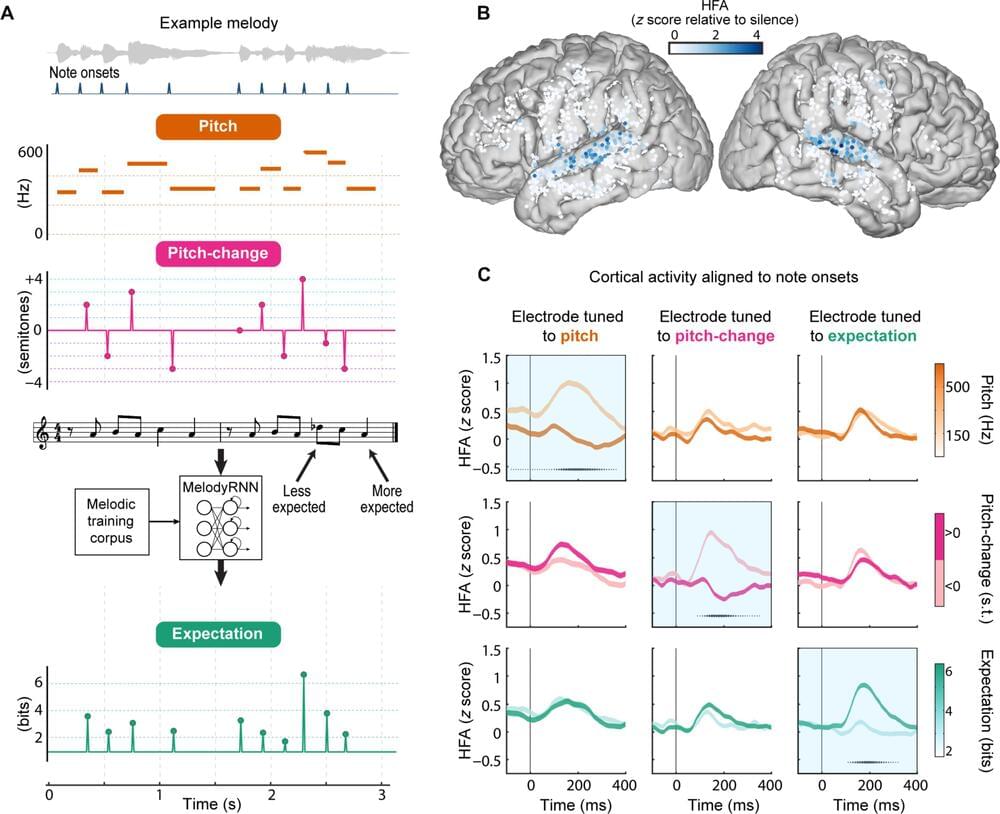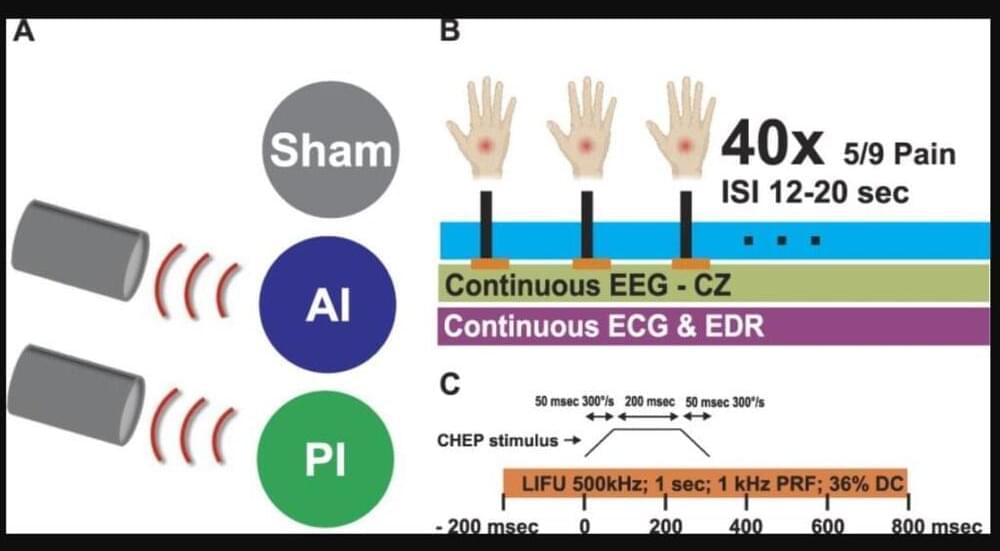Feb 20, 2024
New technique for revealing genetic repeats yields surprising insights into Huntington’s disease
Posted by Shubham Ghosh Roy in categories: biotech/medical, genetics, neuroscience
Neurodegenerative diseases are among the most complex human ailments, and their exact causes and mechanisms are the subject of ongoing research and debate. When it comes to Huntington’s disease, steadily accumulating evidence over the past 30 years has led to a model of molecular events that explains several key features of the disease, including why it has an earlier onset in some people and why it causes symptoms such as involuntary movements and mood swings.
But two new complementary papers from The Rockefeller University suggest that this may not be the whole story.
Huntington’s is caused by somatic CAG expansions in which a triplet repeat of DNA bases in a mutated Huntingtin (mHTT) gene increase in number throughout life, leading to cell death. As described in Nature Genetics and in Neuron, the Rockefeller scientists used a custom technique to reveal that these genetic repeats are unstable, and likely producing more toxic proteins, only in select brain cell types. Moreover, some cells they studied proved surprisingly resilient to CAG repeat expansion.


